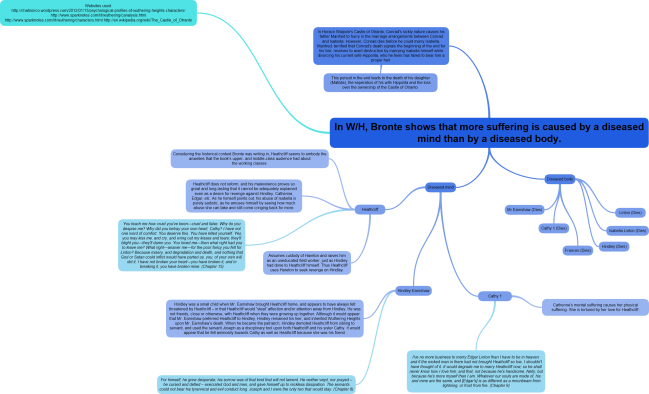Discuss the appropriateness of APSL’s 10 year strategic objectives.
In order to become a successful business, APSL understands the need of having updated objectives to ensure that they are constantly meeting the demand of the market and gaining the best return on their investments as possible. APSL currently intend on improving their solvency as well as expanding their export market by 15%. However, considering the current financial issues that APSL appear to be experiencing, APSL need to ensure that they carefully consider the implications of their objectives and assess the appropriateness of their aims.
Currently, a large consumer of APSL’s products is the caravan business in the UK. Correctly, APSL have recognised that the majority of caravans produced that source APSL’s products tend to remain in the UK, therefore- the caravan business does not directly help APSL reach their objective of expanding their exports to the external markets by 15%. If APSL are serious about meeting their 2018 objective of increasing their exports, they will need to consider businesses that will help them reach their target. The evidence suggests that APSL should focus on businesses such as car companies to help meet their objectives, as they have correctly realised that car companies that source APSL’s products are more likely to export the final product to outside of the European Union. Therefore, one suggestion could be that APSL no longer supply to the caravan companies, and make a direct focus on the exporting markets. However, with all business decisions- this could derive a number of implications. If APSL decide to stop or limit their dedication to providing to caravan businesses in the UK, it could mean that they experience a significant loss of profits and orders. APSL need to recognise that the UK market has been a major factor for their success and therefore, if APSL begin to neglect them for overseas consumers, it may not be the best decision. Additionally, APSL may find that they are unsuccessful in meeting their targets of expanding their exposure to the international market by 15% and therefore they would have lost a significant customer in the UK market. Although APSL should focus heavily on the international market if it wishes to reach its objective, they will need to assess the impacts of their sacrifices.
Additionally, APSL intend on improving their solvency ratios in their 10 year strategic objectives. APSL will need to consider the cut backs they will need to make to improve their solvency ratios such as on machinery or staff payments. Currently, APSL pay staff a competitive 10% over other manufacturing skilled staff. Inevitably, this is likely to impact the amount of net profit that APSL are left over with in order to make the company less solvent. However, making cutbacks on staff salaries will also cause implications such as unhappy staff. It could be argued that making cutbacks on pay is not the most moral thing to do, as staff may have initially signed up to APSL due to their competitive rates of pay. On the other hand, it may be the wisest thing for APSL to consider doing in order to make cutbacks to widen their profit margins to make the business most solvent. If the staff of APSL are unhappy with the changes, APSL will need to inject more money in to the business finding appropriate staff and recruiting the right people for the job as well as training them. However, APSL may find that through recruiting new staff, they have exposed themselves to people with fresh ideas and people that are likely to be more motivated as they still want to work for APSL despite the average salaries that they are now offering.
Certainly, APSL’s objectives could be said to be ‘too far out of reach.’ Essentially, this means that APSL appear to be taking on too many projects at once. Currently, the evidence suggests that APSL are considering new heat efficient machiney, moving to a location in Hull and introducing a new night shift. It could certainly be said that APSL need to focus on one objective at a time or else the company could be impacted negatively through diseconomies of scale. Often when a business tries to take on too much at once, it derives a number of complications such as poor quality across the board as well as no clear focus or direction in which way the business is heading. Although allowing 10 years for APSL to meet these objectives might appear fairly realistic, when combined with the other projects that APSL intend on committing to may mean that they will hinder the overall direction of the business.
Indeed, APSL have created objectives that are appropriate in meeting the needs of the business. If APSL make appropriate decisions that have clear focus such as cutting back on spending and committing to directly related business they will then be able to achieve their 10 year strategic objectives.


